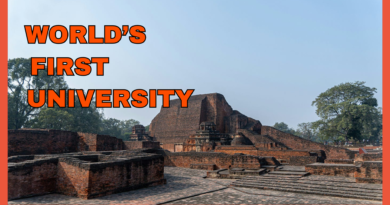Ancient Tradition Lives On: Two Brothers Marry the Same Woman in Himachal
In a unique cultural occurrence from Himachal Pradesh, a wedding involving two brothers marrying the same woman has gone viral on social media, sparking widespread curiosity and discussion. Pradeep Negi and Kapil Negi, residents of Kunhat village in the Sirmur district, have both married a woman named Sunita Chauhan. While this may appear unconventional to many, it is a long-standing tradition among the Hatti tribe, a community native to the Transgiri and Sirmur regions of the state. This practice, known as fraternal polyandry, is not new but has historical and social roots that date back centuries.
The marriage, as per local customs, took place with the mutual consent of the two brothers and the bride, which is a crucial aspect of such unions. In the Hatti tribal tradition, a marriage like this is only valid if all three individuals both grooms and the bride agree to it willingly. The tribe has preserved this unique social arrangement through generations, and it continues to be respected as a valid and practical approach to marriage within the community. Rather than being an anomaly, such weddings reflect deep-seated cultural beliefs tied to survival, inheritance, and social unity.
The origins of this tradition are rooted in the desire to keep ancestral land undivided and to ensure social security for women. Historically, when large families had limited resources and land to share, marrying one woman to multiple brothers prevented property from being divided among heirs, thus preserving family holdings. Additionally, in the event of one brother passing away, the woman would still have a place within the family, thereby reducing the risk of widowhood a fate considered socially and emotionally challenging, especially in remote regions.
The Hatti tribe, which is seeking Scheduled Tribe (ST) status from the Indian government, has long held on to its distinctive customs and traditions. This particular form of polyandry is one of the most talked-about practices within the tribe. While modernization has reached many corners of Himachal Pradesh, certain tribal and rural areas like Transgiri continue to maintain their heritage, even as urban influences slowly alter younger generations’ perspectives on marriage and relationships.
Reactions to this recent marriage have been mixed, with some praising the couple for honoring tradition, while others express concern about the implications of such practices in contemporary society. Many local leaders and elders defend the custom, emphasizing that it is rooted in mutual respect and voluntary participation. They argue that customs like these are often misunderstood outside their cultural context and should not be judged using urban or modern lenses.
The story of Pradeep, Kapil, and Sunita offers a rare glimpse into a living tradition that defies modern conventions but remains a part of cultural identity in the Himalayan heartland. As India continues to modernize rapidly, such stories raise critical questions about preserving indigenous cultures and understanding the rationale behind long-standing practices. While such marriages are rare, they underline the deep complexity and diversity of India’s social fabric, where age-old customs and contemporary norms often coexist in fascinating, and sometimes controversial, ways.




